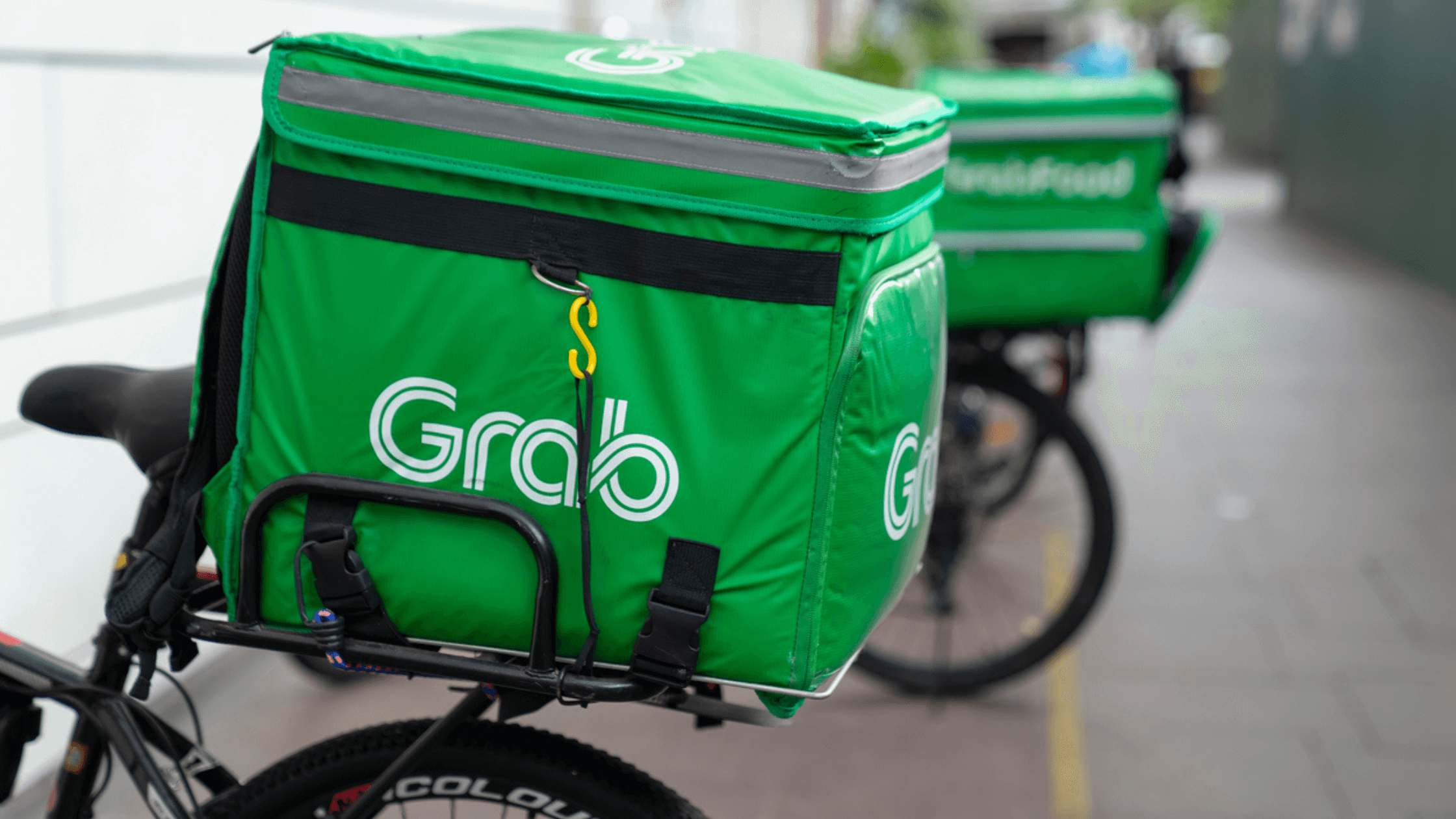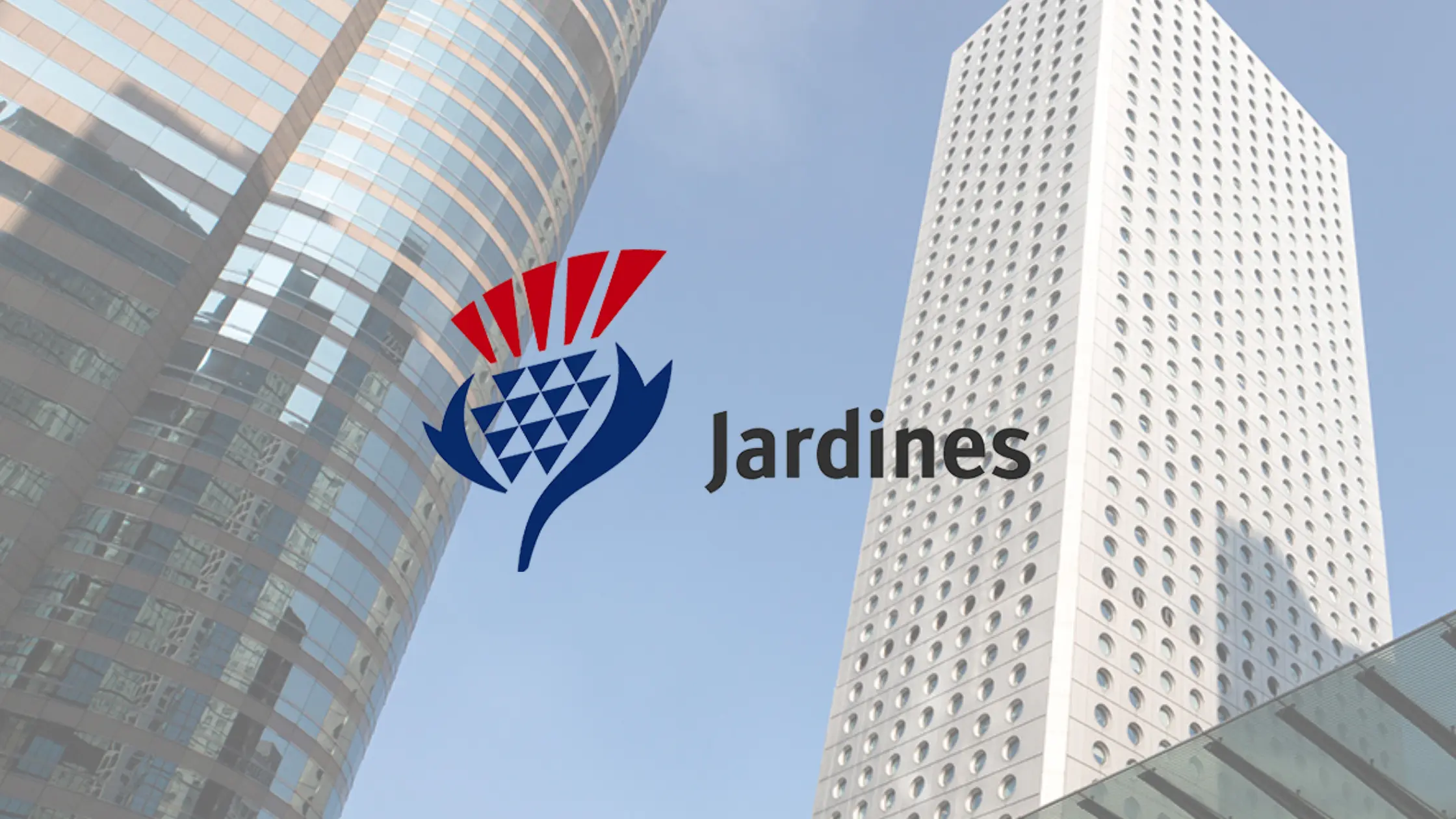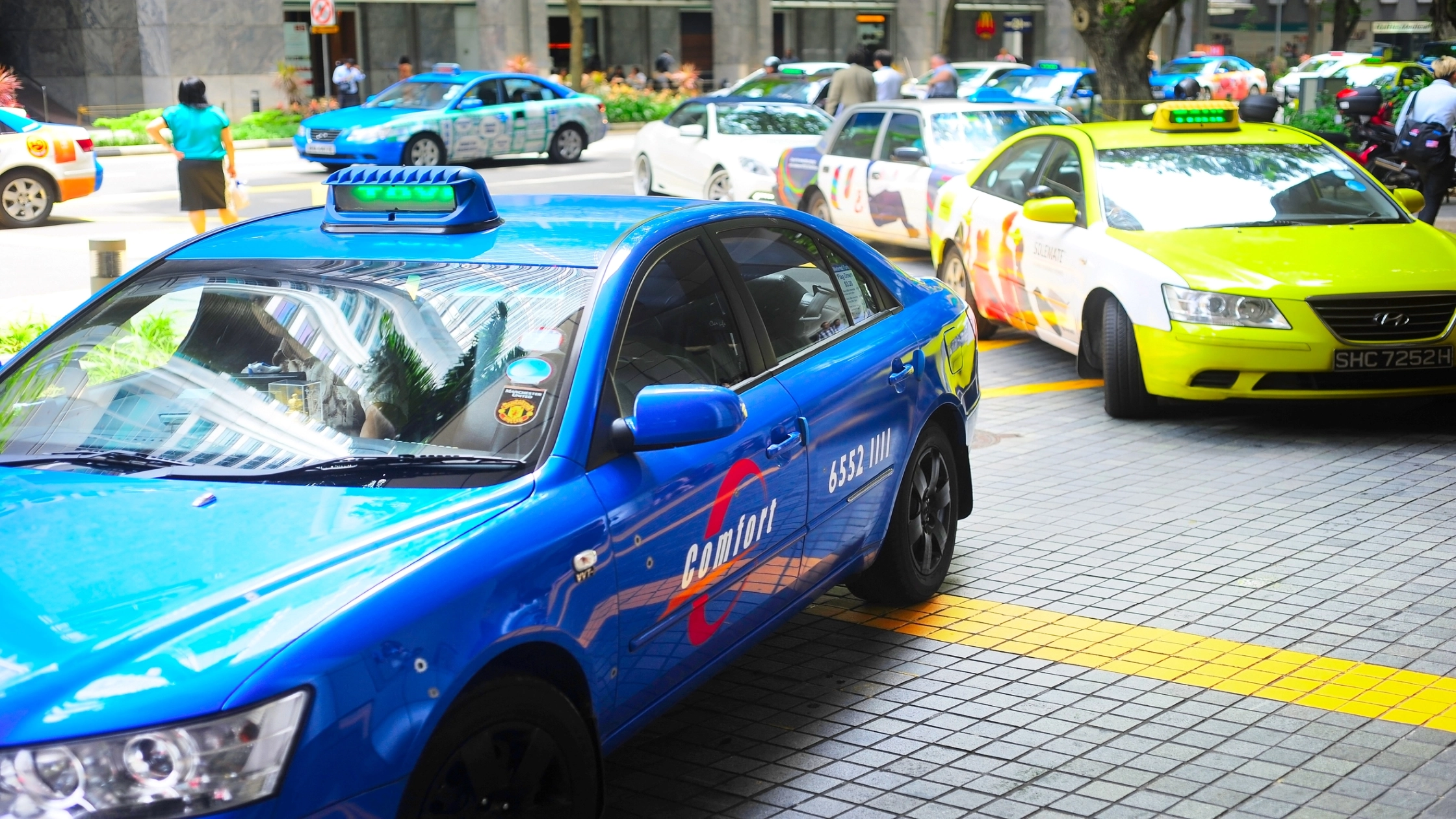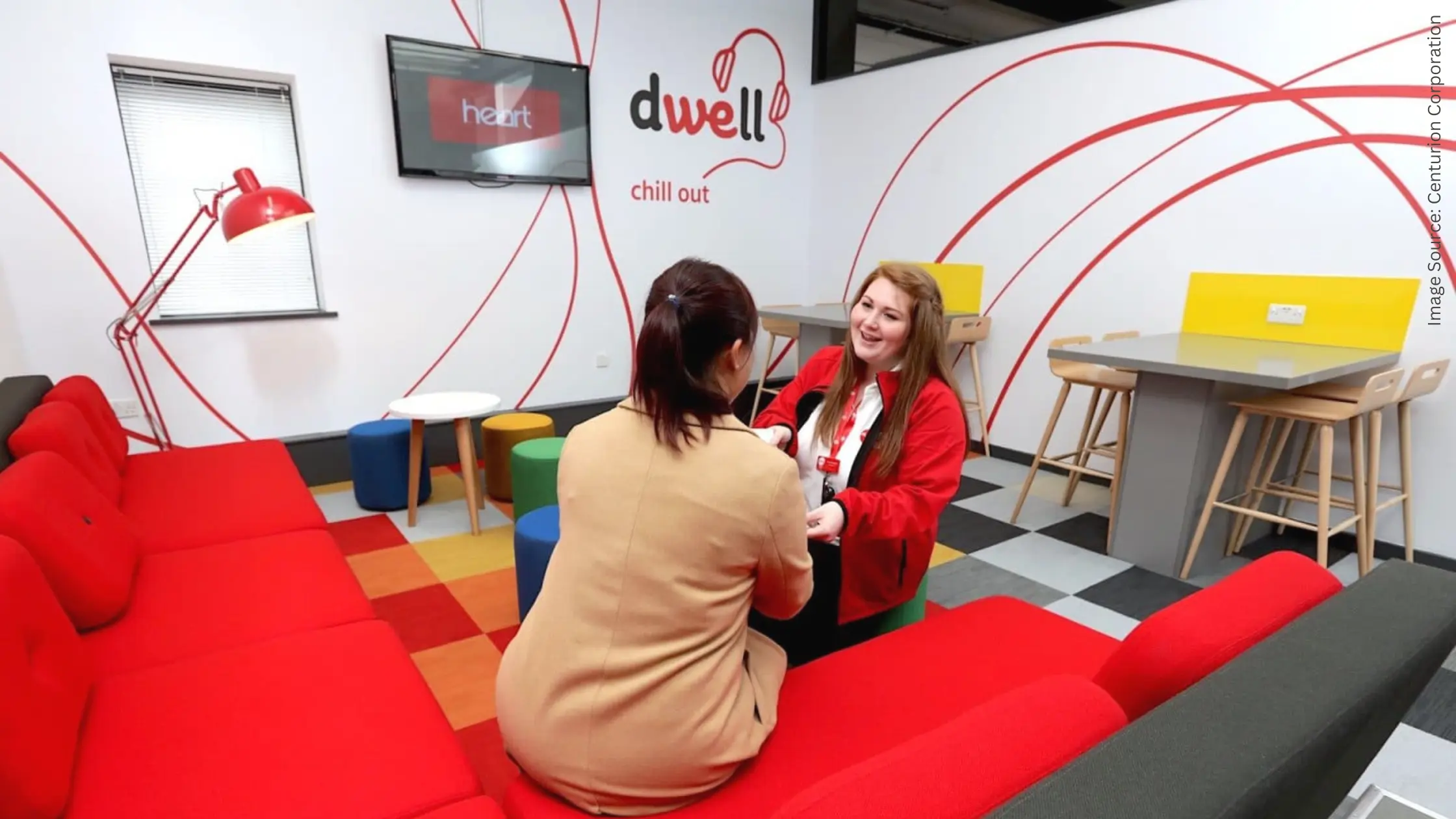Broker’s Call: Grab Holdings Q2 2022 Revenue Surges 80%, Maintain Add
August 31, 2022

CGS-CIMB Analyst take
Growth stocks have been shunned by investors so far in 2022. That’s because many are loss-making and still require huge amounts of capital to grow in competitive markets.
One such example in Asia is Grab Holdings Ltd (NYSE: GRAB). Since going public in the US via a special purpose acquisition company (SPAC), Grab shares are down over 76% from where they opened on the first day after the merger.
But does that mean there might be short-term opportunity knocking for investors? The Southeast Asia-focused ride-hailing, food delivery and payments firm reported its Q2 2022 earnings last week.
The research team at CGS-CIMB Securities maintains our “ADD” call on Grab and lifts our target price to US$4.10 (from US$3.60 previously).
Here’s what growth investors with an Asian tilt need to know about Grab’s latest numbers.
Grab revenue growth beats expectations
During Q2 2022, Grab saw robust revenue growth of 80% year-on-year – posting US$321 million in sales for the period.
That was also up 41% quarter-on-quarter. Its core net loss was US$288 million also came in better than expected, at 25% below Bloomberg consensus forecasts.
Grab is looking to accelerate its path to profitability by focusing on product innovation and driving cost efficiencies.
It wants “quality” users, which means those that have higher lifetime values while moving away from those users sensitive to incentives.
Encouragingly, Grab narrowed its FY2022 revenue guidance towards the upper end of the previously announced range.
Prior forecasts by management saw FY2022 between US$1.20-1.30 billion but that’s now been edged up to US$1.25-1.30 billion.
Mobility drives growth, deliveries focusing on quality
Given that mobility solutions (i.e. ride-hailing) and deliveries constitute the bulk of Grab’s business, their fortunes are closely watched.
For the quarter, Grab’s mobility gross merchandise value (GMV) in Q2 2022 saw a strong rebound – up 51% year-on-year to US$834 million.
That was on the back of a reopening in Southeast Asia. Indeed, rides during the second quarter returned to 67% of pre-Covid levels.
Lower consumer incentives also helped Grab improve on one of its key profitability metrics.
We believe this trend can be continued in the second half of the year as Grab will be able to taper driver incentives, aided by a much-improved driver earnings per hour for the period.
Meanwhile, deliveries GMV of US$2.5 billion was a drag for the company – impacted mainly by foreign exchange (FX) headwinds.
Although that number was up 19% year-on-year, it was down 3% quarter-on-quarter. There was also near-term softness in food delivery as people went back to dining out.
Its deliveries segment revenue still expanded 47% quarter-on-quarter (and a whopping 199% year-on-year) to US$134 million – driven by lower incentive levels.
It also launched “GrabUnlimited” in five key markets, where users can pay a flat monthly fee to enjoy deals across Grab’s ecosystem.
That should help the firm cross-sell opportunities and grow its order frequency.
How’s Grab doing on ESG?

Source: CGS-CIMB Research
While Grab isn’t graded on Environmental, Social and Governance (ESG) by Refinitiv, it has received a “AA” for ESG from index provider MSCI in June of this year. That’s the second-highest rating attainable by a company.
After releasing its FY2021 ESG report, Grab has three key ESG goals:
- Doubling the number of marginalised individuals earning a living on its platform by 2025
- Reaching 40% female leadership by 2023
- Achieving carbon neutrality by 2040
On the environmental front, Grab powers all its corporate offices with 100% renewable energy sources.
Reiterate our Add rating
For Grab, we raise our target price to S$4.10 (from US$3.60 previously) based on a higher target multiple for on-demand services and the easing competitive landscape.
This should allow the company to accelerate its path to profitability.
Potential re-rating catalysts include an earlier profitability timeline but investors should watch for downside risks such as macro headwinds dampening demand or regulatory changes related to protection for gig workers.
Disclaimer: CGS-CIMB Securities SMID Analyst Khang Chuen Ong owns shares of Grab Holdings Ltd.







